Search Images
Browse Content (p. 574)
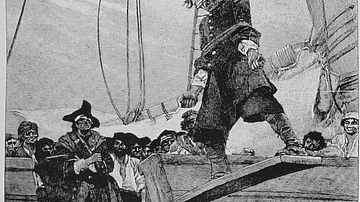
Image
Walking the Plank by Howard Pyle
An illustration of a victim walking the plank by Howard Pyle (1853-1911). Published to illustrate Buccaneers and Marooners of the Spanish Main in Harper's Magazine, 1887.

Image
A Pirate Captain by Howard Pyle
Captain Keitt, a detail from the frontispiece of The Ruby of Kishmoor, written and illustrated by Howard Pyle (1853-1911). First published in 1908.
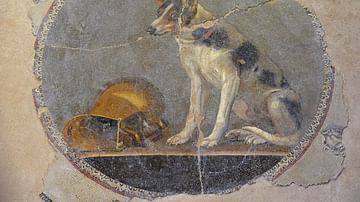
Image
Dog Mosaic from Alexandria
Ptolemaic (2nd century BCE) mosaic emblema from Alexandria with the depiction of a dog seated next to a gilded vessel. This mosaic is made in the opus vermiculatum technique, using small, closely set tesserae. Bibliotheca Alexandrina Antiquities...

Image
Mahabharata - Family Tree of the Kuru Dynasty - Dynasty, Duty, and Doom in the Epic of India
This infographic illustrates the legendary lineage of the Kuru Dynasty of Hastinapur, as described in the Mahabharata, one of the world’s oldest and longest epic poems. Through kings, princes, and sages, the family tree captures the dynastic...
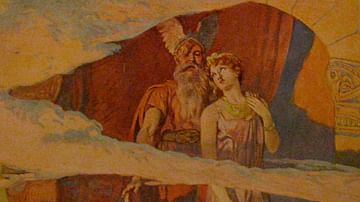
Image
Wodan and Frea
Wodan and Frea (Odin and Frigg) stand out and look out of a window in the heavens, inspired the Origo Gentis Langobardorum. Illustration from 12 of the book Walhall, die Götterwelt der Germanen by Emil Doepler, published by Martin Oldenbourg...
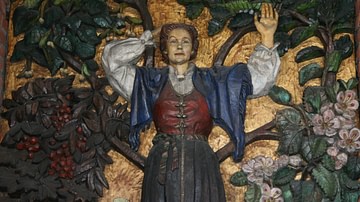
Image
Frigg
Relief showing Frigg, Odin's wife, the goddess of love and destiny, who makes plants and trees promise that they will not harm her son Baldr. Part of a series of 16 beautiful and unique wooden reliefs by Dagfin Werenskiold, depicting Norse...
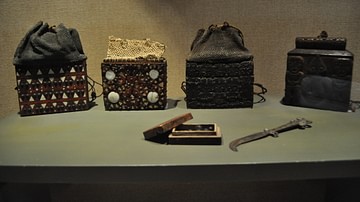
Image
Paiwan's Shaman Boxes
Paiwan's shaman boxes.
Shung Ye Museum of Formosan Aborigines, Taipei, Taiwan.

Image
Shung Ye Museum of Formosan Aborigines
Shung Ye Museum of Formosan Aborigines, Taiwan.
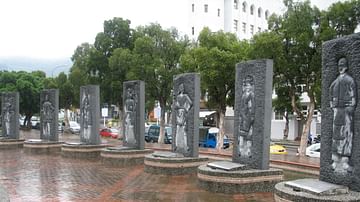
Image
Taiwanese Indigenous Peoples
Aborigine park display across the street from the Shung Ye Museum of Formosan Aborigines in Taipei, Taiwan. The stone carvings each represent one of the recognized aboriginal tribes of Taiwan, with an explanatory plaque at the foot of the...
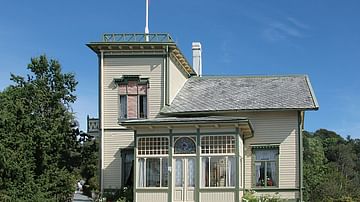
Image
Troldhaugen
Troldhaugen, Bergen, was built c. 1885 and was the home of Norwegian composer Edvard Grieg (1843-1907) until his death. Since 1928, the house has been a museum dedicated to the life and work of the composer.